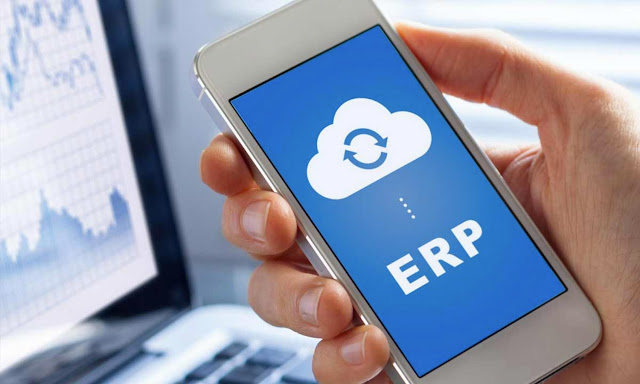Five Differences: ERP Failure vs Car Crash

Contrary to the beliefs of many, an ERP implementation is far more than a large IT project. It affects stakeholders in every functional area, and if it fails, it has dramatic consequences throughout an organization. With that said, an ERP failure is not unlike a car crash. Both are disasters that leave trauma and retrospection in their wake. Despite this, there are notable differences between a car crash and an ERP failure that provide important lessons on mitigating risk in the ERP implementation. Heed these lessons and it will avoid the mistakes that lead to ERP crashes. 1. A car crash happens suddenly . In most cases, car accidents occur in an instant and have little or no warning. ERP failures are preceded by numerous red flags over the course of months or even years. Warnings such as a lack of executive or employee buy-in, inadequate change management and unrealistic deadlines are often present leading up to an ERP failure. Identifying and addressing the



